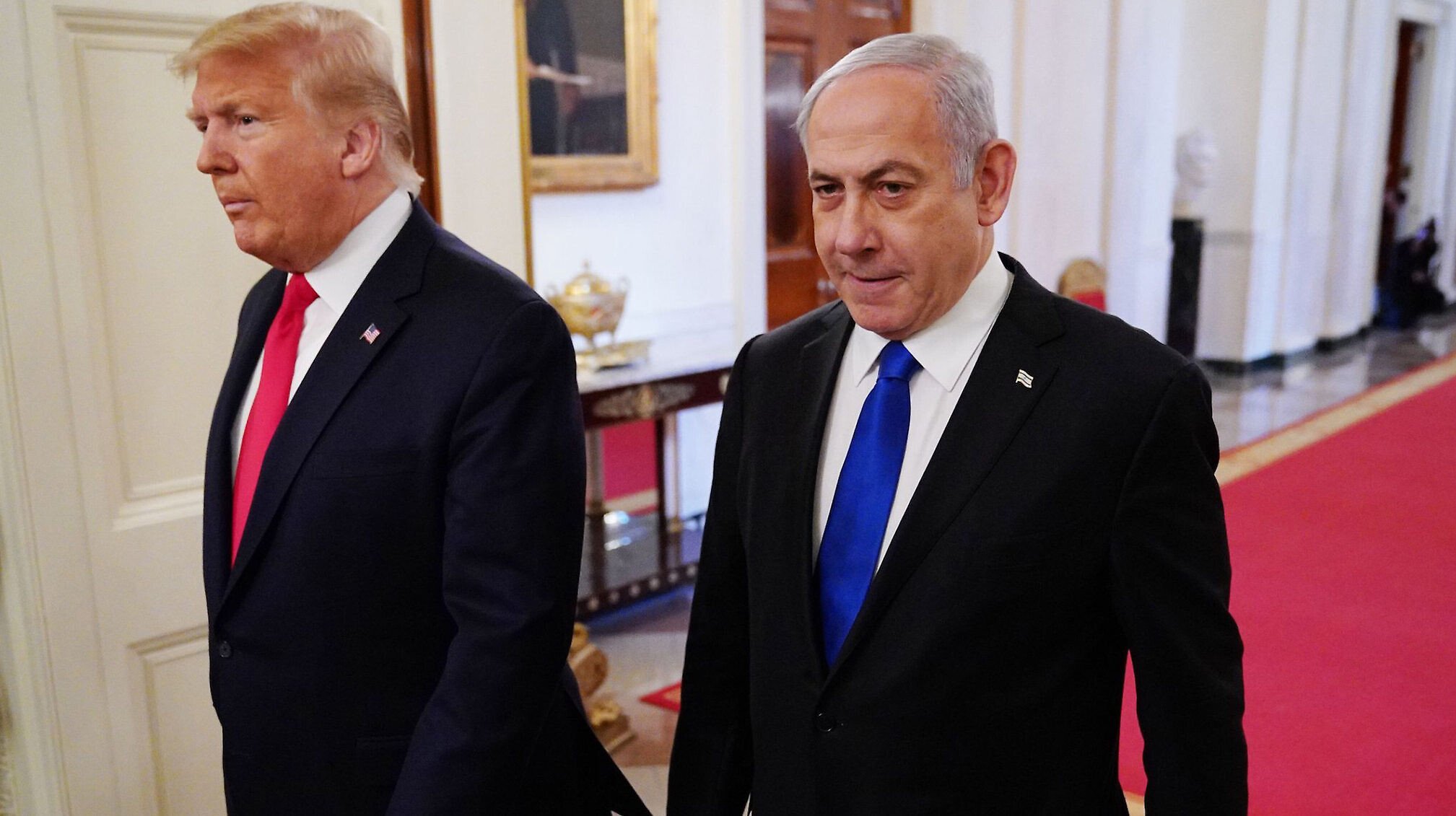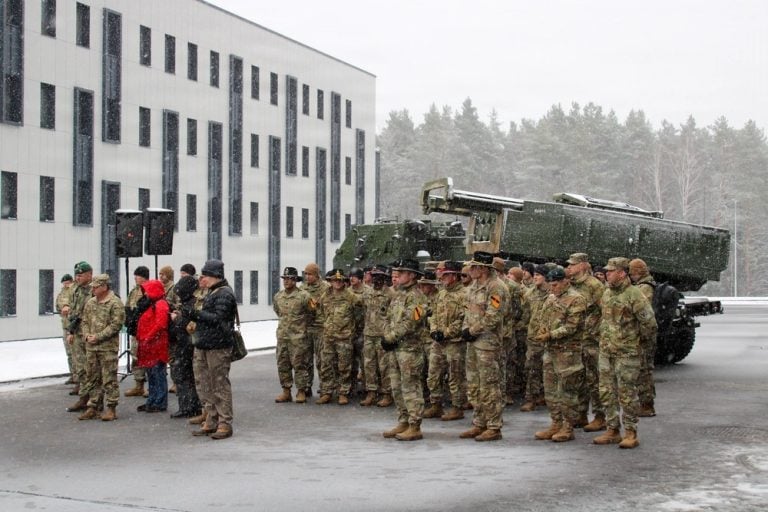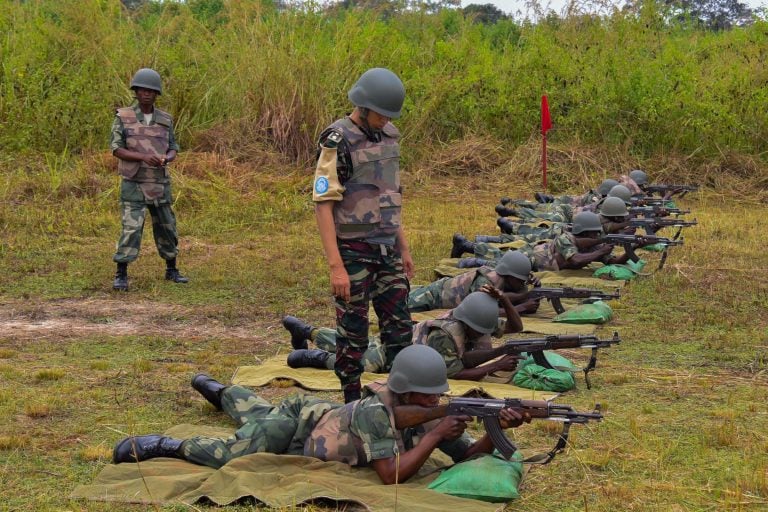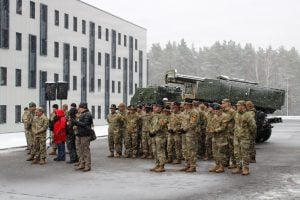US President Donald Trump affirmed the continuation of a ceasefire in Gaza on Sunday, despite a series of deadly Israeli airstrikes that targeted Hamas positions. These strikes were carried out following accusations that Hamas had engaged in military actions against Israeli troops, which Israel labeled as a “blatant violation” of the truce established nine days prior.
When questioned by reporters about the status of the ceasefire, Trump confidently stated, “Yeah, it is.” As the facilitator of the truce, he downplayed the role of Hamas leadership in the reported breaches, attributing the hostilities instead to “some rebels within.” Trump emphasized the need for a peaceful resolution, asserting that while the situation would be handled “toughly,” it would also be “properly.”
The Israeli military’s actions resulted in significant civilian casualties, with Gaza’s civil defense agency reporting at least 45 fatalities, a number confirmed by four local hospitals. Media restrictions and difficulties accessing various regions have complicate independent verification of these figures.
In addition to the strikes, Israel announced it was suspending aid to Gaza, citing breaches of the ceasefire. The humanitarian situation in Gaza has been dire, with previous interruptions of aid leading to worsening conditions, including famine.
This ceasefire, implemented on October 10, was intended to halt two years of warfare between Israel and Hamas, laying the groundwork for future negotiations concerning hostage and prisoner exchanges. However, its implementation faced immediate challenges. Israeli military reports indicated two Israeli soldiers were killed in clashes in Rafah, where they claimed Hamas launched anti-tank missiles at them. Local witnesses described chaotic scenes, with fighting occurring between Hamas and a Palestinian gang, escalating tensions further.
As airstrikes resumed, local residents voiced their despair at the situation, expressing that hope for peace was fading. Abdullah Abu Hasanin, a Gaza resident, lamented the return of violence, stating, “Blood has returned again.”
Amidst the rising hostilities, Israeli Defense Minister Israel Katz issued a stern warning to Hamas, asserting they would “pay a heavy price” for any continued violations. Hamas, on the other hand, denied the accusations from Israel and reiterated their commitment to the ceasefire, claiming Israel was fabricating reasons to justify further military actions.
The situation is further complicated by the ongoing negotiations involving hostage exchanges. Hamas has released 20 surviving hostages and has been involved in returning bodies of those who died during the conflict. Meanwhile, Israel is linked to the reopening of the Rafah crossing to the recovery of all deceased individuals.
The backdrop of these developments is a devastating war, initiated by Hamas’s surprise attack on Israel on October 7, which has led to catastrophic casualties. According to the Hamas-run health ministry, at least 68,159 people have died in Gaza, a figure that underscores the severe human toll. The Israeli side also faced substantial losses, with 1,221 individuals reported dead, mostly civilians, as hostilities reportedly escalate once more.



















